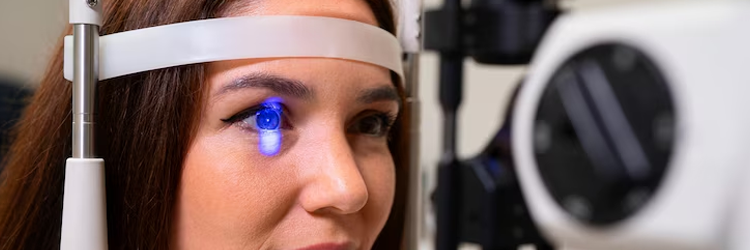Cataract Treatment
Cataracts are a condition where the natural lens of the eye loses its transparency and becomes cloudy, leading to a decrease in vision quality. It is usually age-related, and if it progresses, it can make daily activities difficult, reduce night vision, and affect color perception. However, with the advancements of modern medicine, cataract treatment now offers safer, quicker, and more permanent solutions. So, how is cataract treatment performed, who is it suitable for, and how does the process unfold?
Most Effective Method for Cataract Treatment: Surgical Intervention
Cataracts cannot be treated with medication or eye drops. The only effective and permanent solution is surgical intervention, where the cloudy natural lens is removed and replaced with an artificial intraocular lens. This procedure is typically done using the phacoemulsification (FAKO) technique. Ultrasonic waves are used to break up the cataract lens inside the eye, which is then removed, and a new, clear lens is inserted in its place.
Cataract Treatment with Smart Lenses
During cataract surgery, a smart lens (trifocal lens) can also be implanted depending on the patient’s preference and eye structure. This allows the patient not only to get rid of the cataract but also to achieve clear vision without glasses at near, far, and intermediate distances. This method is especially ideal for people who suffer from both cataracts and a dependence on glasses.
How Long Does Cataract Surgery Take?
Cataract surgery usually lasts 15-20 minutes and is performed under local anesthesia. The patient is discharged on the same day and often begins to see clearly the very next day. The recovery process is quick, and the patient can usually return to their daily activities within a few days.
Who Is Cataract Surgery Suitable For?
-
Individuals experiencing a decrease in vision quality
-
Those with complaints such as light reflections, difficulty with night vision, or blurred vision
-
Individuals diagnosed with cataracts whose daily life is affected
-
All adult patients whose eye structure is suitable for surgery
What Should Be Done After Cataract Surgery?
-
Post-surgery eye hygiene should be maintained, and the prescribed eye drops should be used regularly.
-
Avoid rubbing the eyes and staying in dusty environments.
-
It is important to attend follow-up appointments on time and track the recovery process.
In conclusion, cataract treatment today is an extremely successful, reliable, and comfortable process. For patients who want to get rid of glasses, the option of a smart lens significantly improves their quality of life. Early diagnosis is the key to achieving clear vision without experiencing vision loss.
If you are experiencing cataract symptoms and would like to get more detailed information about modern treatment methods, feel free to contact us.
Op. Dr. Yıldız Acar Ebcim
Specialist in Eye Diseases






